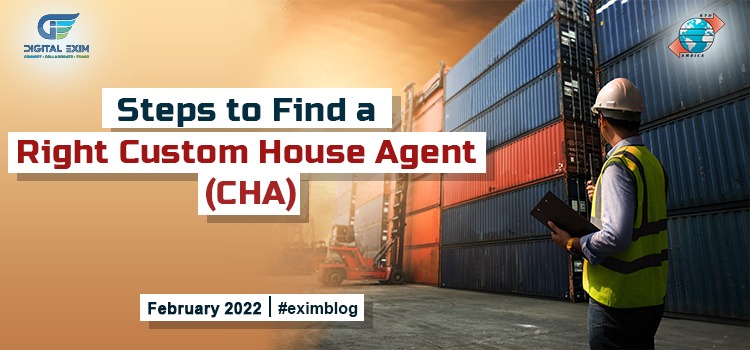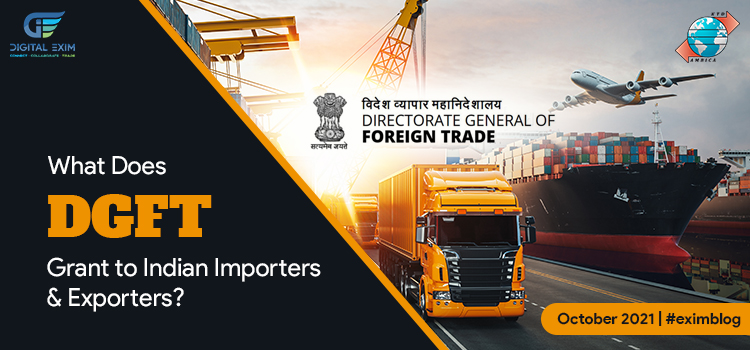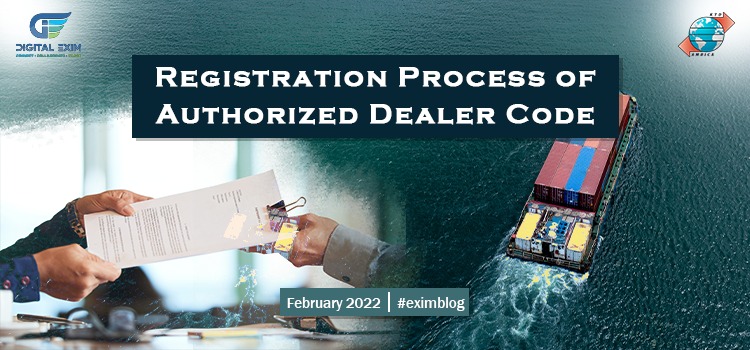Indian Export Import Policy is filled with guidelines & Instructions related to the export import of goods. New Exim Policy covers the year From 2015 To 2020. The Government of India extended the existing Foreign Trade policy Due To the Pandemic.
Let’s read more about every detail.
“Some people dream of success, while others get up every morning and make it happen.”
– Wayne Huizenga
The Government gives an update on exim policy every five years. All the updates & modifications in the existing policy gets implemented from the 1st of April of every respective year. The modifications & changes of exim policy are commonly announced by the union minister of commerce & industry & directorate general of foreign trade.
Objectives of export-import policy in India:
1) To help with the growth of both exports & imports.
2) To give essential intermediates, components, raw materials & capital goods schemes required for production & services.
3) To advance & encourage the agricultural sector. Also, to generate employment opportunities & improve the quality standard.
4) To provide clients with a sound quality of goods & services internationally at super competitive rates.
Salient features of the new Indian export-import policy:
>> The Government of India has identified many new export products through various mediums which include agricultural to marine products.
>> Special Economic Zones were being established to encourage exports. One of the major objectives of SEZ is to provide a suitable atmosphere for exports.
>> No more restrictions! The restrictions have been reduced as compared to the previous exim policies. This gives a boosted encouragement to all the exporters.
>> Import Licenses process was being removed from major items.
>> The Rupee was being made partly convertible. Sounds cool!
>> Overall, the new Indian export-import policy has very significant & systematic features on it’s bucket list.
Importance of New Exim Policy in India
Any Policies made for a better future always sound cool. Here, the new Indian Export Import Policy is something very crucial. See, policies are being made to control & encourage with a particular objective in it. Also coming to India’s new exim Policy, focuses on various objectives.
>> It boosts ‘Make In India Project.
>> It reduces export obligations for domestic procurement.
>> Forthcoming e-Governance initiatives
>> Duty exemption
>> Quality Complaints & Trade Disputes
>> Higher Level of Rewards
>> New initiatives For EOUs, EHTPs & STPs
>> Online inter-ministerial consultations
>> Additional Ports allowed for export import
Key Advise
Many opportunities in the export-import business should never be missed as a trader.
Conclusion:
Export-Import is but a land full of opportunities. There is no stopping once you begin. Also on the other hand frauds too happen. To save them from such scams & to Guide each & every step towards their successful trade, digital exim is always there. The Banner of Digital Exim is Always high in the Export Import Industry no matter how many challenges come, we are never defeated! Call on 9505506333 to join Today!















